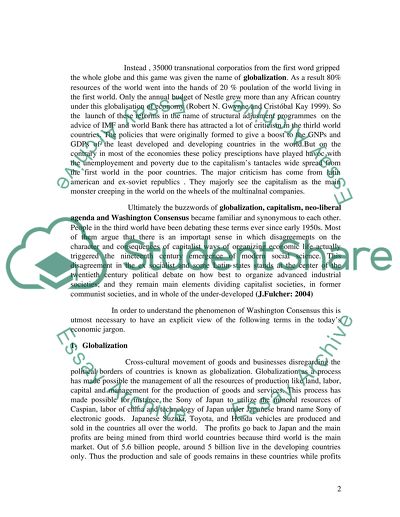Cite this document
(“WASHINGTON CONSENSUS Essay Example | Topics and Well Written Essays - 1500 words”, n.d.)
Retrieved from https://studentshare.org/history/1517437-washington-consensus
Retrieved from https://studentshare.org/history/1517437-washington-consensus
(WASHINGTON CONSENSUS Essay Example | Topics and Well Written Essays - 1500 Words)
https://studentshare.org/history/1517437-washington-consensus.
https://studentshare.org/history/1517437-washington-consensus.
“WASHINGTON CONSENSUS Essay Example | Topics and Well Written Essays - 1500 Words”, n.d. https://studentshare.org/history/1517437-washington-consensus.


